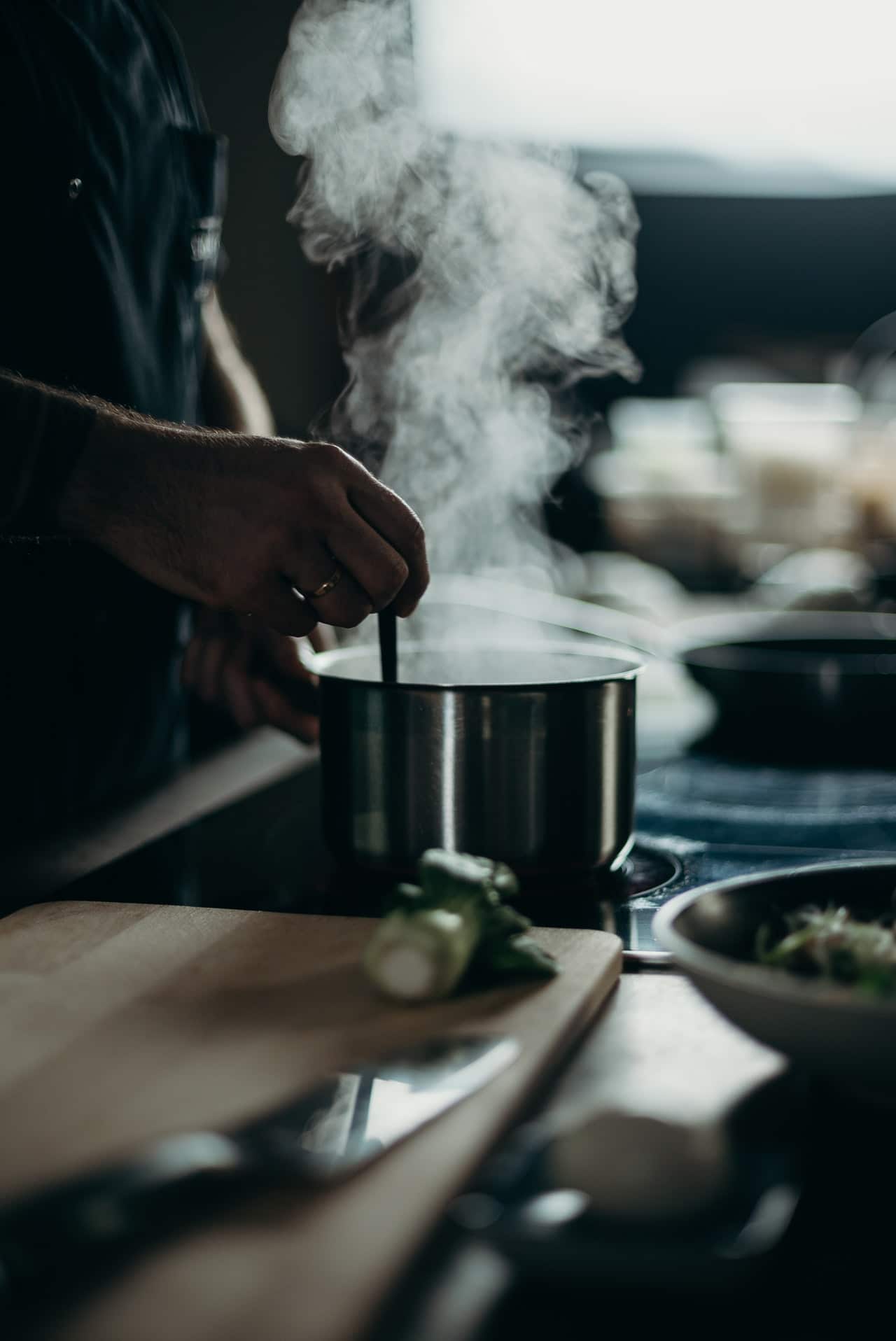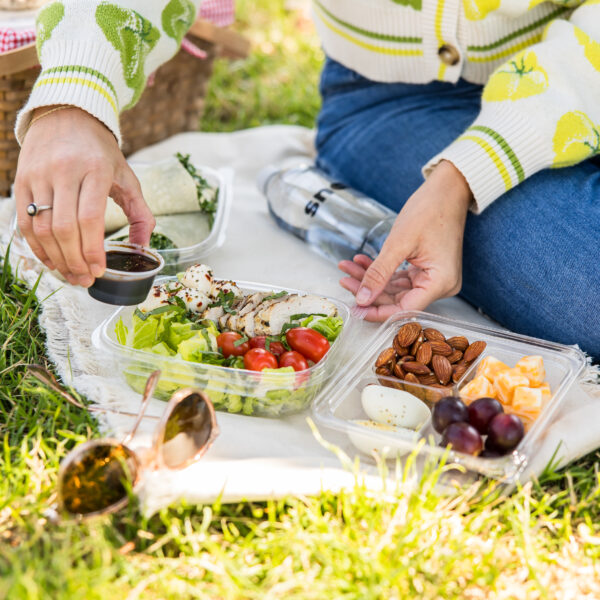We all learn from a young age the importance of eating our greens, but what cooking method lets those important nutrients do their best work? Though they may taste good, some cooking methods can actually make veggies less nutritious.
Cooking Methods and Nutrient Retention
When it comes to nutrient retention, the magic is in the method. It’s also important to choose a nutritious starting point; for example, veggies do vary in their nutrient density, with leafy greens offering much more nutrition per serving than something like corn. While cooking most veggies isn’t essential, in some cases it’s helpful for improving the flavor and texture, and it also increases the absorption of vitamins like beta carotene and lycopene. Each cooking method has a different effect on the final result.
Frying
There are many ways to fry veggies, from deep frying to a quick saute. If you’re craving buffalo cauliflower, you’ll be consuming significantly fewer carbs and calories if you skip the breading and deep frying and simply stir-fry the florets in olive oil before coating in sauce. Sautéing and stir-frying are better options than deep-frying, but they have been found to significantly decrease the amount of vitamin C in vegetables like broccoli and cabbage.
Baking
Baking vegetables is a great way to retain their fiber and deepen their flavor. Oven temperature and time both play a role in the vitamin content of the end product. Baking is especially great for preparing nutritious green beans, asparagus, broccoli, celery, onions, swiss chard, and onions.
Air fryers have grown from trendy to a common household appliance in the last few years, and for good reason. They function exactly like ovens, but on a smaller scale that can reach higher temperatures with shorter preheat and cooking times. If firing up the grill or waiting for the oven to preheat is too laborious and time-consuming, consider investing in your health with this convenient countertop appliance!
Steam Instead of Boil
Boiling effectively removes most or all of the water-soluble vitamins in vegetables. This method of preparation causes peas, cauliflower, and zucchini to lose more than 50% of their antioxidants! While boiling is one of the quickest ways to lose nutrients, steaming allows for full nutrient retention.
A 2009 study found that steaming broccoli consistently yielded the highest amounts of chlorophyll, protein, sugars, vitamin C, carotenoids, and glucosinolates, in some cases exceeding the nutrient availability of the raw vegetable!
If you don’t have the time to set up a steamer on the stove, microwaving is just as healthy and a much more convenient option. Because microwaved vegetables never come into contact with added water, they retain all of their nutrients. The only exception is cauliflower, which actually loses more nutrients when microwaved than when boiled!
Getting the Nutrients You Need
Learn more about important nutrients, what vegetables you can find them in, and more tips to keep you healthy and happy on the Snap Blog.





Leave a Reply
No Comments